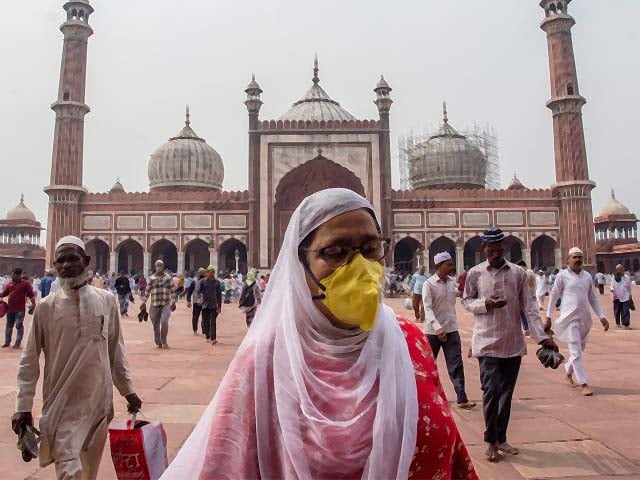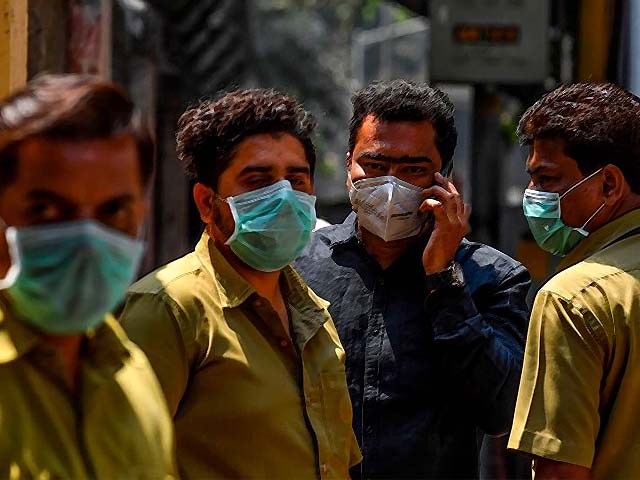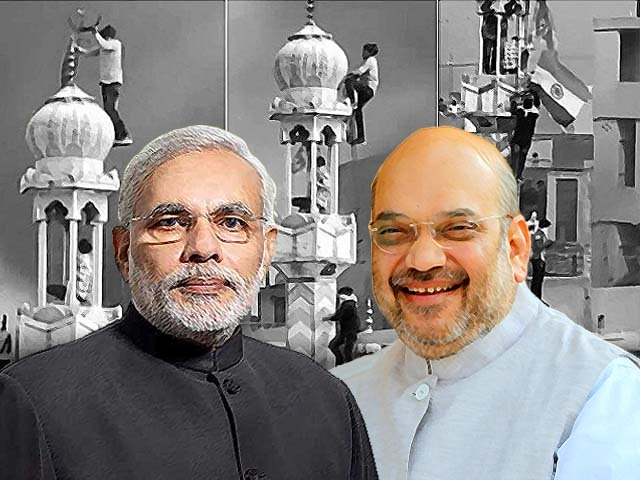
Should Nepal be declared a Hindu state in the new constitution?
The Indian government is playing a partisan role by supporting the cause at the cost of national consensus.
Nepal’s new constitution is one step forward but two steps backwards. Although, it took the Himalayan state an estimate of eight years to build this constitution, but unfortunately, the document prepared by the representatives does not live up to their status.
Hence, here lies the crux of the conflict that the Nepalese society has been witnessing for the last month. Three sections of the society – Madhesis, Janajatis (indigenous people) and women – feel neglected due to the new constitution and they have been very vocal against this matter. Among them, Madhesis inhabit Nepal’s southern plains and share the border with India.
Under the leadership of the monarch, the previous six constitutions of Nepal also kept them at the margin Madhesis and Janjatis were largely ignored and not properly represented. They have always been on the receiving end, in comparison to the hill people, that form the elites of Nepal’s political class.
This disenchantment made the citizens support the Maoist rebellion in the 90s. Maoist under the leadership of Pushpa Kamal Dahal, popularly known as Prachanda, promised these ‘perceived outcasts’ adequate political representation in the new constitution.
The Constituent Assembly (CA), which was formed after the overthrow of the monarchy in 2008, was supposed to usher in a new era of representative democracy for Nepal. It was expected to encompass the concerns of every marginalised group. But the new constitution that came into being on September 19, 2015, fails to do so. It had claimed to heal the wounds of history, but on the contrary it has revived the pain.
At least 40 people have lost their lives in the agitation that followed the promulgation of the new document. The people feel betrayed and their trust has been broken.
India, which has historically treated Nepal as its sphere of influence, feels snubbed by the political elite (power of the elite) in Kathmandu, because they refuse to heed New Delhi’s advice. The largest democracy in South Asia suggested that the CA should include the concerns of the Madhesi people. However, the political leadership in the Himalayan democracy calls it a blatant interference in the internal affairs of the country. Currently, there is a general consensus among the political elite that New Delhi should not be allowed to dictate the terms.
The ruling class has always been resorting to anti-India slogan to strengthen ultra-nationalism in Nepal. Anti-Indian rhetoric acts as glue for the majority of the people of the nascent democracy. This is the current scenario in Kathmandu.
The disenchantment among the Madhesis is now being portrayed as a provocation by New Delhi. The protests are depicted as a handiwork of India. Though Nepal receives their main supplies of essential products from India, due to this logjam in the Madhesi region bordering Indian states of Bihar and Uttar Pradesh, the mobility of the trucks has come to a standstill. Therefore, it affects the daily life of the common people.
Two things are evident here – the protest by the Madhesis and others is not only seen as a reflection of their frustration with the new constitution, it is also seen as a direct interference of the big brother into the internal affairs of a smaller neighbourhood. Secondly, Nepal faced a devastating earthquake in April this year, and it remains in turmoil till date despite their new constitution, thus this aspect adds to their frustration.
Delhi based faculty member of the South Asian University (SAU), Mallika Shakya commented on India’s role in the present crisis. She stated,
“First of all, it has to be acknowledged that this constitution has left a large segment of Nepali population discriminated, including the Jananatis (indigenous people), Madhesis, Dalits and women. But it also has to be said that India’s intervention was considered to have had a polarising effect among the Nepalis. It should on the contrary be a unifying factor in Nepal’s politics.”
She further adds that,
“Let Nepal handle its internal problems. Already some disgruntled sections have withdrawn their protests leaving primarily only Madhesis in the field. New Delhi should not be seen to be taking side with any of the groups, otherwise this will have a destabilising influence in the Himalayan state.”
New Delhi once played a stellar role in bringing all the parties together and facilitating the mainstreaming of Maoists in 2006, hence it led to the collapse of monarchy. They are now viewed as an anti-democratic voice in the country. The Hindu right government in New Delhi has come to be identified more closely with the monarchical forces than the democratic power centres.
The popular perception in Nepal is that the Indian government is playing a partisan role by supporting the cause of the Madhesi people at the cost of national consensus. New Delhi has pushed itself into the corner and Narendra Modi’s much touted neighbourhood diplomacy seems to be floundering in the predominantly Hindu state. Hindu right-wing leader Modi has become a polarising figure for Hindu Nepal, as they gave him a rousing welcome not too long ago.
Rather than aggravating the situation further, we should let Nepal correct its own mistakes and decide its own destiny. Kathmandu will have to understand that a constitution can only survive when it is progressive and futuristic. This unnecessary interference from external forces can make the youngest democracy in South Asia resistant to change. India cannot be the voice of the Madhesi people; they will have to speak for themselves.
Nepal might have a new constitution but the debate on this document has not ceased.




COMMENTS (29)
Comments are moderated and generally will be posted if they are on-topic and not abusive.
For more information, please see our Comments FAQ